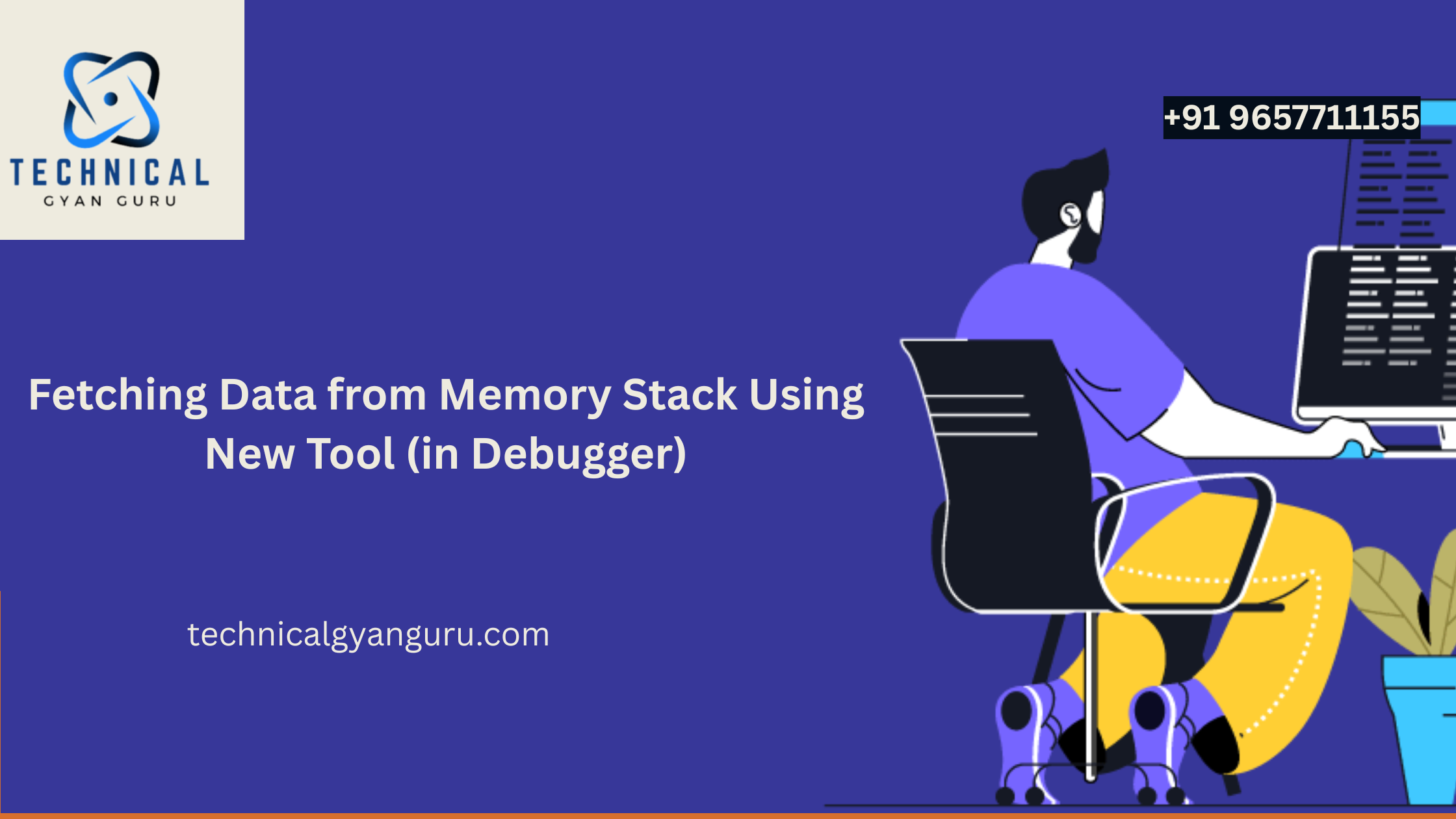
Introduction: SAP Cloud for Customer (C4C) offers a rich array of features designed to enhance customer relationship management. However, every business is unique, and customization is often necessary to align SAP C4C with your specific processes and requirements. In this blog post, we’ll delve into the art of customizing SAP C4C, understanding its significance, exploring customization options, and discovering how tailoring the platform can drive efficiency and customer satisfaction. Customizing SAP C4C
The Importance of Customization
Customization empowers you to mold SAP C4C to your organization’s specific needs, ensuring that it supports and enhances your unique processes.
Aligning with Business Processes
- Field Configuration: Tailor fields and data structures to capture the information that matters most to your organization.
- Workflow Customization: Design workflows that mirror your existing processes, ensuring seamless integration between SAP C4C and your operations. Customizing SAP C4C
Creating a User-Centric Experience
- UI Adaptation: Customize the user interface to match your organization’s branding and provide an intuitive experience for users.
- Role-Based Views: Configure different views for different user roles, ensuring that each team member sees the information that is relevant to their role. Customizing SAP C4C
Exploring Customization Options
1. Field Configuration
- Add Fields: Add custom fields to capture specific data that is essential for your business processes.
- Field Dependencies: Establish relationships between fields to ensure that relevant data is captured accurately.
2. Workflow Management
- Workflow Definition: Create custom workflows that automate and streamline processes like lead management, approvals, and more.
- Approval Processes: Implement approval workflows tailored to your organization’s hierarchy and decision-making protocols.
3. Adaptation of UI
- Screen Configuration: Customize the layout of screens and forms to match your organization’s needs, improving user experience.
- UI Scripting: Employ UI scripting to enhance UI interactions, making them more intuitive and user-friendly.
4. Role-Based Access Control
- User Roles: Define roles with specific permissions, ensuring that users can access only the data and functionalities relevant to their responsibilities.
- Data Visibility: Configure data visibility based on user roles, maintaining data security and confidentiality.
Benefits of Customizing SAP C4C
- Enhanced Efficiency: Tailoring SAP C4C to your processes minimizes manual workarounds and maximizes efficiency.
- Improved User Adoption: A platform that aligns with existing workflows encourages user adoption and acceptance.
- Better Customer Insights: Customized data fields provide a more comprehensive view of customer interactions, leading to better insights.
What are activities in SAP C4C?
In SAP Sales Cloud (formerly SAP Hybris Cloud for Customer), “activities” refer to the various tasks, interactions, and engagements that users perform within the CRM system to manage their sales, service, and marketing processes. Activities help users keep track of their interactions with customers, prospects, and other stakeholders, enabling efficient communication and collaboration. Here are some common types of activities you can perform in SAP Sales Cloud:
- Appointments: Schedule and manage appointments with customers or team members. This could include meetings, calls, or virtual sessions.
- Tasks: Create tasks to manage your to-do list, set reminders, and track progress on specific actions or assignments.
- Phone Calls: Log phone calls made to or received from customers. You can record call details, discussions, and action items.
- Emails: Record emails sent to or received from contacts. You can link emails to relevant accounts, opportunities, or other objects.
- Notes: Add notes to record important information, discussions, or observations related to customer interactions.
- Meetings: Document details about meetings, including attendees, agendas, and outcomes.
- Follow-Ups: Set reminders for follow-up actions after interactions, ensuring nothing falls through the cracks.
- Campaign Responses: Track customer responses to marketing campaigns, such as clicks, opens, or conversions.
- Service Tickets: Create and manage service-related activities, such as issue resolution, customer inquiries, and support requests.
- Leads and Opportunities: Record activities related to lead qualification, sales meetings, and opportunity progress.
- Social Media Interactions: Log interactions and engagements on social media platforms, helping you stay connected with your audience.
- Documents: Associate documents, presentations, or proposals with specific activities for easy reference.
- Workflow Steps: Activities can be part of larger workflows or processes, helping you move through defined sequences of actions.
- App Activity Feeds: Keep track of recent activities and updates related to accounts, opportunities, or other objects.
Activities are crucial for maintaining a comprehensive history of interactions and communication with customers and prospects. They provide insights into the relationship-building process, help teams collaborate effectively, and ensure that important tasks are completed on time. The ability to link activities to specific records, such as accounts, contacts, leads, and opportunities, allows for better context and visibility into the overall customer journey.
Conclusion
Customizing SAP C4C (Cloud for Customer) is more than just making adjustments—it’s about aligning technology with your business vision. By exploring the customization options available within SAP C4C, you can create an environment where the platform works in harmony with your unique processes, enabling your organization to provide outstanding customer experiences. Stay tuned for the next installment in our series, where we’ll delve into how SAP C4C can elevate your sales and marketing efforts to new heights.





![Pop Up Debugging [ROBO 2.0]](https://technicalgyanguru.com/wp-content/uploads/2025/05/ABAP-for-SAP-HANA.-ALV-Report-On-SAP-HANA-–-Opportunities-And-Challenges-3.png)

